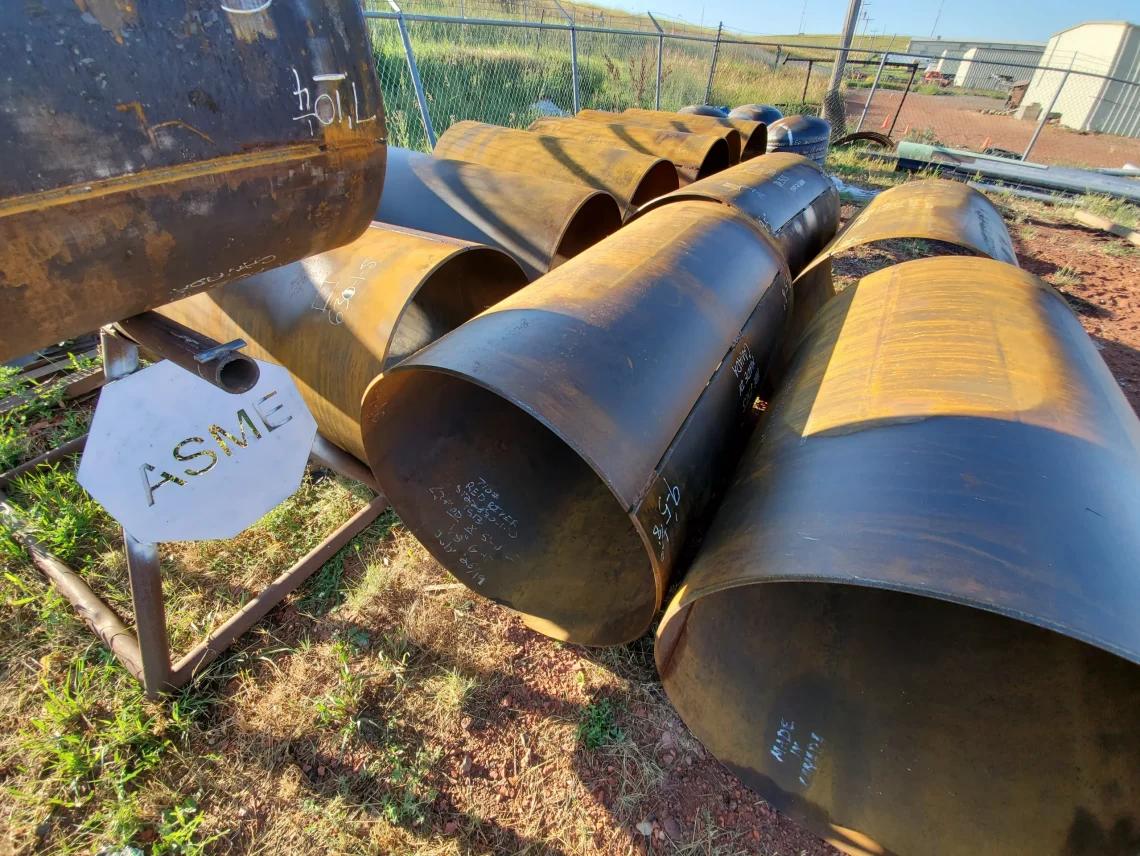
Table of Contents
ToggleIn the extensive realm of engineering and production, requirements play a pivotal role in ensuring consistency, protection, and quality. For instance, the American Society of Mechanical Engineers (ASME) has been at the forefront of establishing these standards. Founded in the late 19th century, ASME has shaped global practices, particularly in fabrication.
But what exactly is fabrication? At its core, fabrication refers to building products through cutting, bending, and assembling raw materials, often metals. Moreover, it’s a craft that demands precision and deep expertise. When discussing ASME fabrication, we delve into specialized techniques that meet the rigorous standards set by ASME.
Furthermore, these requirements not only ensure structural integrity but also instill confidence in stakeholders regarding product safety and reliability. As we navigate this guide, we will explore the intricacies of ASME fabrication and why aligning with ASME requirements is crucial.
Fabrication, within the context of engineering and manufacturing, refers to transforming raw materials into finished products. For example, it’s an intricate process involving practical systems and techniques.
At its essence, fabrication involves three primary steps:
Historical Background of ASME’s Involvement in Fabrication:
During the Industrial Revolution, rapid advancements in production created new challenges. Recognizing the need for standardization, ASME introduced guidelines that transformed fabrication practices.
Overview: Often considered the crown jewel of ASME requirements, the BPVC offers comprehensive guidelines for the design, fabrication, and inspection of boilers and pressure vessels.
Overview: This series of codes focuses on the design and fabrication of piping systems, supporting industries ranging from energy production to petrochemicals.
Overview: This series specializes in components that connect and manage the flow within piping systems.
In conclusion, ASME fabrication remains a benchmark for safety, reliability, and innovation. As industries continue to evolve, ASME-certified practices will ensure that products not only meet but exceed expectations. Whether in the construction of skyscrapers or the development of everyday equipment, ASME standards will remain essential in guaranteeing long-term quality and performance.
ASME fabrication refers to the process of manufacturing pressure vessels, boilers, and related components in compliance with the stringent standards set by the American Society of Mechanical Engineers (ASME). Unlike standard fabrication, ASME fabrication follows strict guidelines for design, materials, fabrication, inspection, and testing. As a result, it ensures both safety and reliability, particularly under high-pressure conditions. Moreover, this process involves rigorous quality control measures and certification procedures that are not typically required in standard fabrication.
ASME certification is crucial for pressure vessel fabrication because it signifies that the product meets exceptionally high safety and quality standards. In many industries and jurisdictions, this certification is not just beneficial—it is often a legal requirement. Furthermore, it provides assurance to both clients and regulatory bodies that the vessel can operate safely and efficiently under specified conditions. Consequently, this reduces the risk of accidents and failures, which can be costly and dangerous.
The ASME fabrication process ensures safety and quality through a comprehensive set of codes and standards governing every aspect of design, material selection, fabrication, and inspection. These standards, developed by industry experts, are continuously updated to reflect the latest safety practices and technological advancements. As a result, fabricators must adhere to these guidelines meticulously and undergo regular audits and inspections to maintain their ASME certification. Ultimately, this ensures that every ASME-certified vessel meets the highest possible safety and quality standards.
Yes, ASME fabrication can certainly be applied to custom-designed pressure vessels. The ASME codes provide a flexible framework that supports both innovation and customization while still maintaining essential safety and quality standards. For example, manufacturers can collaborate with clients to design and fabricate custom vessels that meet specific requirements. However, they must ensure compliance with relevant ASME standards throughout the design, fabrication, and inspection processes to guarantee reliability.
Choosing ASME-certified pressure vessels for industrial applications offers several long-term benefits, including:
Table of Contents
ToggleIn the realm of industrial solutions, Red River emerges as a pioneer, offering a diverse range of custom-engineered products and facilities. Among our specialties is the design and production of Custom/OEM Pressure Vessels, meticulously crafted to meet individual client requirements, ensuring performance under various pressure conditions. Our expertise extends to the domain of prefabrication, where Red River leads with distinction.
The company excels in creating prefabricated facilities, modules, and packages, reinforcing its stance as a forerunner in innovation and quality. This proficiency is further mirrored in their Modular Skids offering, where they provide an array of Modular Fabricated Skid Packages and Packaged equipment. Each piece is tailored to client specifications, underlining their commitment to delivering precision and excellence in every project they undertake.